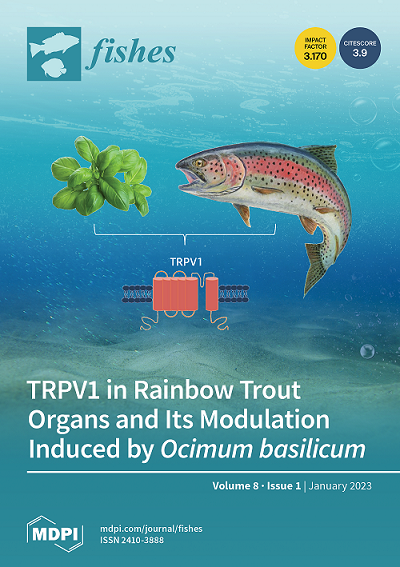In Silico Evaluation of the PCR Performance of Different Tests for Detection of WSSV
IF 2.4
3区 农林科学
Q2 FISHERIES
引用次数: 0
Abstract
In this study, the primers of different protocols for the detection of White Spot Syndrome Virus (WSSV) were analyzed in silico to evaluate their potential performance in PCR. As with any biological entity, this virus evolves constantly. Thus, this analysis showed that a few primers, including those recommended by the World Organization for Animal Health (WOAH), might mismatch with some isolates of WSSV, specially with isolates more recently sequenced. Furthermore, a set of primers recommended by WOAH, showed the potential to self-dimer and form hairpin loop structures, which could affect the efficiency of PCR, resulting in an inaccurate diagnostic result. From our perspective, and considering the evolutionary trajectory of this virus, it may be time for the WOAH to update the PCR protocols recommended for WSSV detection, which remains as a highly prevalent and lethal virus.对检测 WSSV 的不同检测方法的 PCR 性能进行硅学评估
本研究对用于检测白斑综合症病毒(WSSV)的不同方案的引物进行了硅分析,以评估它们在 PCR 中的潜在性能。与任何生物实体一样,这种病毒也在不断演变。因此,该分析表明,包括世界动物卫生组织(WOAH)推荐的引物在内的一些引物可能会与某些 WSSV 分离物不匹配,特别是与最近测序的分离物不匹配。此外,WOAH 推荐的一组引物有可能自聚并形成发夹环结构,从而影响 PCR 的效率,导致诊断结果不准确。从我们的角度来看,并考虑到这种病毒的进化轨迹,WOAH 也许应该更新推荐用于检测 WSSV 的 PCR 方案,因为 WSSV 仍然是一种高度流行的致命病毒。
本文章由计算机程序翻译,如有差异,请以英文原文为准。
求助全文
约1分钟内获得全文
求助全文

 求助内容:
求助内容: 应助结果提醒方式:
应助结果提醒方式:


